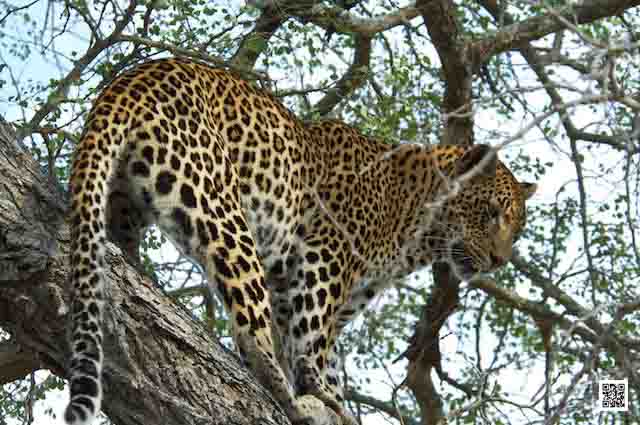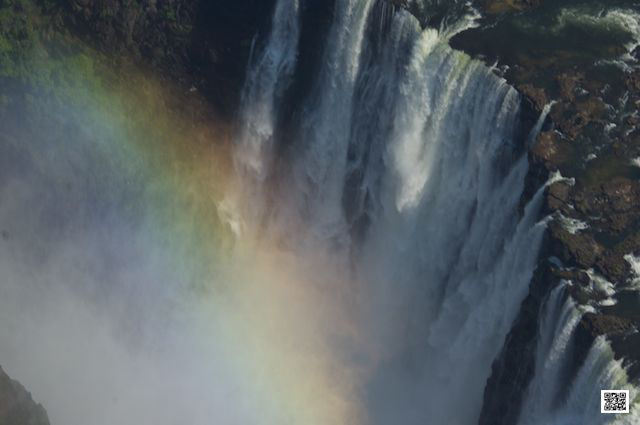Philosophy
How Photography will be the Innovation Tool of the Future
14/02/13 09:29

At the time that quantum physics was evolving and the scientists were wondering what the discoveries they made would mean for humanity, one of them, David Bohm, started collaborating with Martin Buber, the Austrian philosopher. Bohm wanted to find answers in philosophy how discoveries like “everything is made of the same energy” and “everything is connected to everything else” explain the universe and our role in it. He worked with Buber on his book “I and Thou”, yet he realized that he didn’t find all answers he was looking for. David Bohm concluded that it needs the arts to find comprehensive answers, that it would need the triangle quantum physics, philosophy and art to answer the questions of the universe.
The answers he was looking for might be on their way. Back in his time art was something few people did; nowadays art is something billions do. With a camera in every cell phone pretty much everyone is doing art through photography. It doesn’t need any photography course to wield this amazing tool, one only needs to press the shutter and it goes. By having a broad majority of people doing it, photography has become the connecting art, producing images and answers continuously.
Now, one only needs to learn to read the images to find the answers, connecting quantum physics, philosophy and art in an innovative synergy to conquer the challenges of leadership and life. Visualizing quantum physics and philosophy is innovation at its best, unique, powerful and ready to serve humanity. Next to numerous possible scientific and everyday life applications, photography becomes the key to continuous success in business.
Photography is what David Bohm was looking for. His intuition was right, that the arts were the link.
Ute Sonnenberg for www.rohoyachui.com
Take a Dose Steve Jobs and You are Ready to Change the World
06/10/12 11:13

Yes, he is not with us anymore, at least not in person, but his spirit is here and ready to give us the push we might need to continue with our photographic journey, changing the world or whatever other creative passion is leading us.
Need a dose “Steve Jobs” today? Here some treatment proposals
Quotes:
Have the courage to follow your heart and intuition. They somehow already know what you truly want to become. Everything else is secondary. (Steve Jobs)
Your time is limited, so don’t waste it living someone else’s life. (Steve Jobs)
The only way to do great work is to love what you do. (Steve Jobs)
Videos:
Steve Jobs Stanford Commencement Speech 2005
Steve Jobs and Bill Gates at D5 Conference
Steve Jobs talks about the Crazy Ones- who think different
Better? Enjoy moving forward.
Ute Sonnenberg for www.rohoyachui.com
Susan Sontag & Goethe: Photography & The Sorcerer's Apprenctice
18/09/12 12:11

“Recently, photography has become almost as widely practiced an amusement as sex and dancing – which means that, like every mass art form, photography is not practiced by most people as an art. It is mainly a social rite, a defense against anxiety, and a tool of power.” (Susan Sontag, On Photography, in 1971)
Photography is part of our daily life. It gives us joy, lets us express our creativity and makes us grow as artists and persons. It captures moments for us and lets us relive them when we would like to experience them again. It captures the love for our families and visualizes our dreams. Photography is magic, accessible to everyone.
Magic needs to be wielded with care and responsibility. Like in Goethe’s “The Sorcerer’s Apprentice” it can go wrong and the magic tool gets out of control. One of the recent examples is the death of the American ambassador in Libya. When his body, most likely already dead, was held up and about to be carried away, bystanders took photographs of him in this vulnerable moment and the New York Times seemed only be too happy to publish them.
In the Netherlands paramedics have problems doing their work, because bystanders interfere with them in order to take pictures with their cell phones from, for example car accident victims. And they even get violent when police or paramedics try to keep them away.
On the other side of the scale the topless photos of the Duchess of Cambridge are silly (who hasn’t seen a pretty young woman topless on a beach) and intrusive to the private life of a person.
And now with all these “sorcerer’s apprentices” around how do we stop this?
Most likely there will be no easy way to stop this. It will take time to create a general consciousness of respect and dignity, a consciousness that something powerful as photography needs the “master” and not the “apprentice” to unfold its entire beauty and strength to serve mankind as a tool of growth. And yet, photography itself is the tool to enable people to develop exactly this consciousness. One got to drive a car in order to learn driving and one got to practice photography in order to become a “master”.
Happy growing.
Tweet.
Ute Sonnenberg for www.rohoyachui.com